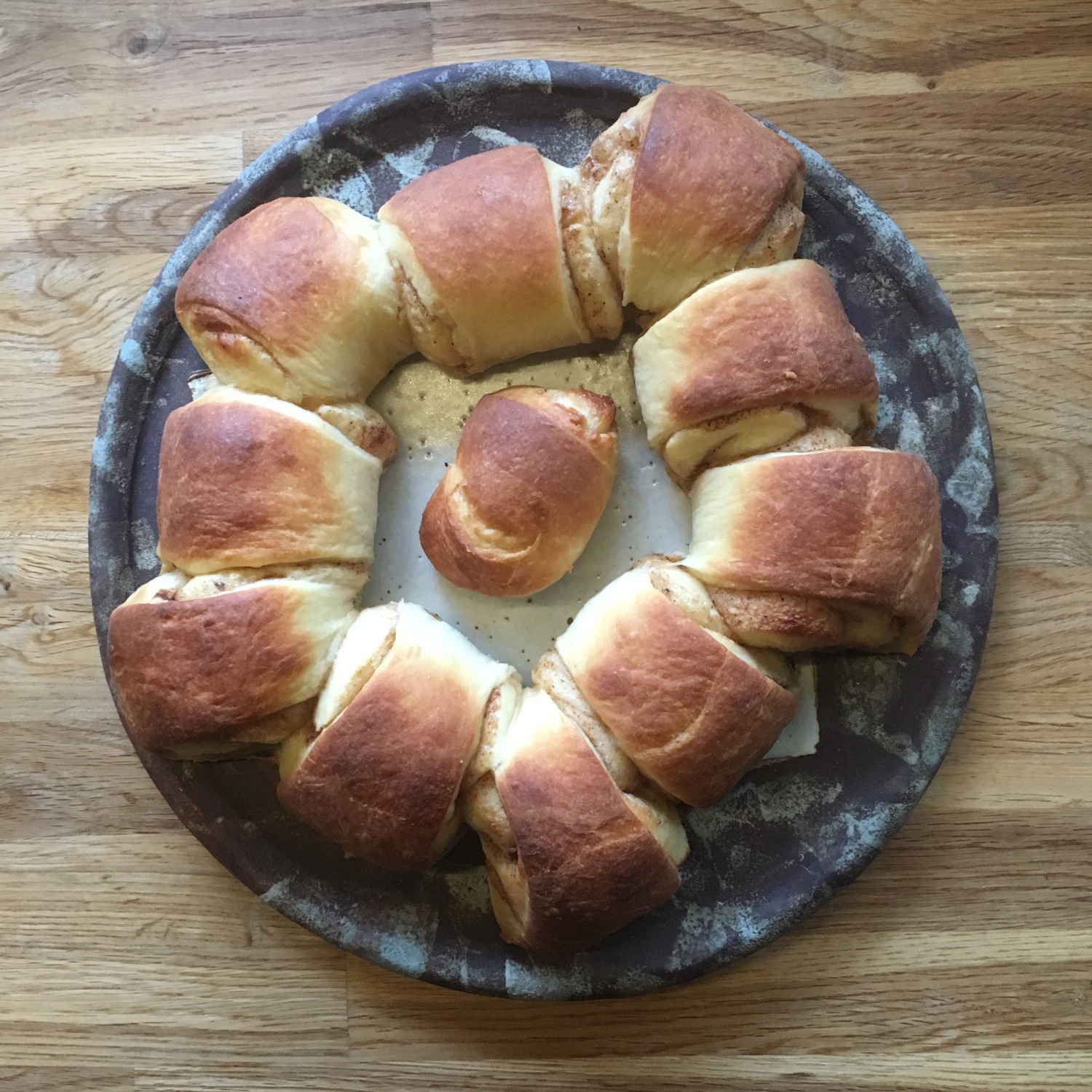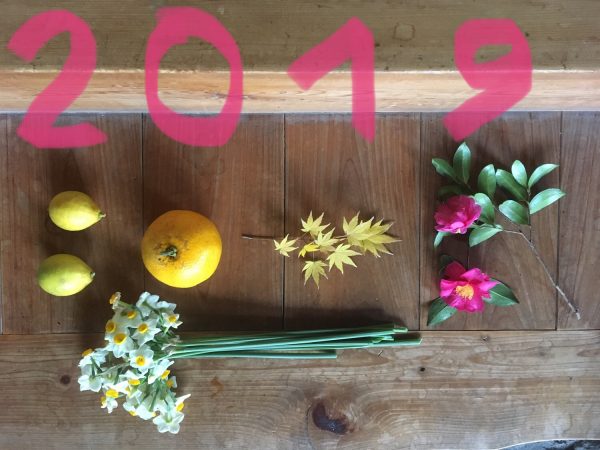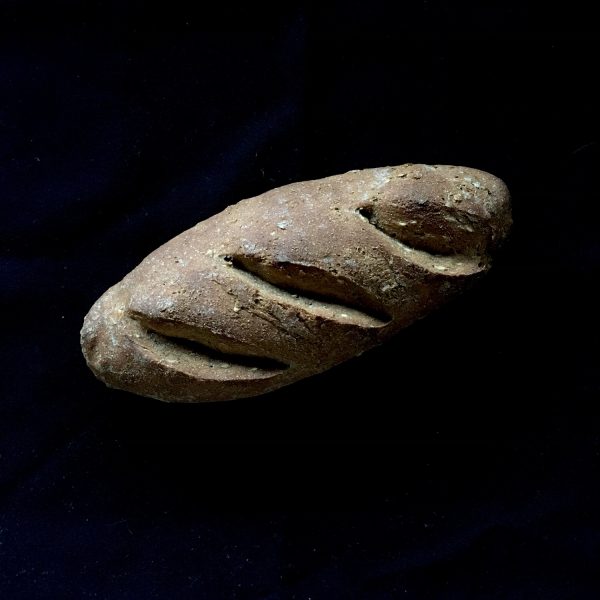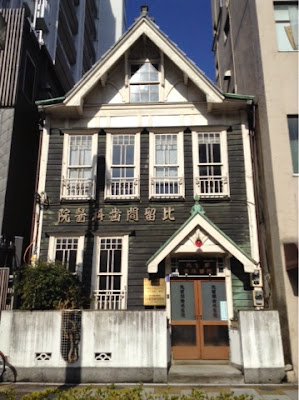How are you starting this new year? I am welcoming the new year as a normal day in our country house, with a garden harvest of lemons, natsu-mikan, daffodils, camellia flowers and maple leaves… and a lot of cooking and baking. I also started learning cutting and sewing with my old neighbor. Regarding baking, this week I am trying some recipes from my new baking book: bread in 5, that my parents offered me for my birthday, and the new flours I bought at Cuoca in Mitsukoshi Nihonbashi.

I was indeed interested by the book when I first read about it from Giulia @ Julskitchen IG. I thought how wonderful it could be sometimes to have fancier breads than regular French breads, and to be able to prepare them faster. I also got fresh yeast which makes bread so much better, fluffier and they have less the taste of yeast. So far both the book and the ingredients have delivered amazing results. I’ll talk about that in detail in a later post, after I have tried a little more recipes. But simply the introduction and the tips page were full of teachings!
For this first morning of the year, I wanted something rich, sweet and fancy, as A. loves them. In winter I really love cinnamon rolls so I was first going to make some when I found the recipe of this Swedish tea ring in the Christmas bread sections. Indeed, Christmas was just last week!! The recipe uses a brioche dough as base and I was really intrigued by how to shorten the extremely long hand kneading time of the brioche and what it would give. To shorten kneading the recipe uses melted butter, smart indeed. And it worked perfectly for the ring (I need to work on my shaping!!). I modified slightly the recipe of the rolls, and didn’t use neither the egg wash or the icing as I thought it was rich enough that way for breakfast. This for sure was a hit! A. was very pleased with the result and so did I!
I wish you a beautiful year 2019 from my kitchen!

















